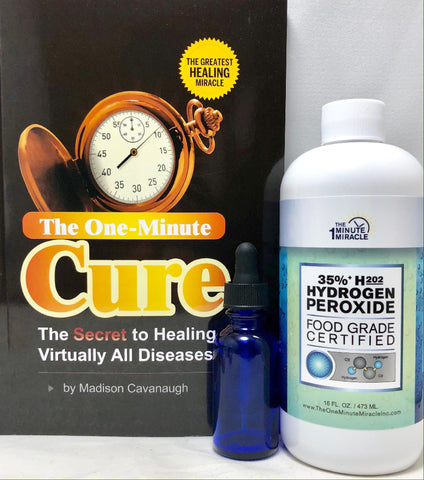

More importantly, though, the song’s emotional surge is nearly as profound through its infectious melody and urgent lyrics, as Robert Smith squeals over squawking saxes, “Tell yourself, it couldn’t happen/ Not this way…. In case you thought “In Between Days” wasn’t enough of a blood-pumper, its B-side goes even harder with its acoustic strumming and stomping - pity the poor wrists of guitarist Porl Thompson. “The Exploding Boy” (“In Between Days” B-side, 1985) 5 in 1989 - an appropriately inappropriate signature smash for the group.ģ9.

Despite its stage-whispered vocals and lack of a traditional chorus, “Lullaby” became their biggest hit in The Cure’s home country, peaking at No. The most sensual song ever written about being eaten by a spider, “Lullaby” mixes tender guitars with spindly strings and lush synths for one of their greatest nocturnal pop fantasias. Read on below, and let’s never misjudge their limits or take them for granted again. It’s one of the richest catalogs in rock history, one of thundering drums, shimmering synths and refracting guitars, galloping bass lines - many played by a guy literally named Simon Gallup! - and of course, lyrics and vocals so expressive that the singer eventually had to sport the genre’s over-the-top clothes, hair and lipstick to match. You’ll find both of those songs below in our list of the top 40 songs The Cure ever did - a list spanning 13 albums and even more lineup changes, as well as dozens of singles (and inextricable accompanying music videos), and so many great B-sides they eventually had to release a friggin’ box set of ’em. Neither song feels any more authentic to its opening than the other both just feel quintessentially like The Cure. But the songs they kick off couldn’t be more different: The former is the kind of apocalyptic death-disco throwdown you might expect from such a lede, but the latter is a jangly endorphin rush of a pop-rock singalong. Take two of drama queen frontman Robert Smith’s most iconic opening lines: “It doesn’t matter if we all die” and “Yesterday, I got so old, I felt like I could die.” On their face, the lyrics feel similarly gloomy, despairing, nihilistic. The Cure were basically Inside Out before Inside Out.īut the pull quotes could be deceiving. More importantly, the majority of their best songs mixed those primary colors into new shades that were totally their own, recognizing that happiness and sadness are far from discrete, independent emotions, nor is anything in between. The Cure may have existed in extremes - their 1996 album Wild Mood Swings boasted one of the more on-the-nose LP titles in recent memory - but even though their enduring image is one of grey, bleak depression, they were equally adept at vivid, brighter-than-the-sun joyfulness. Of course, this should’ve been most obvious from the music itself.

The Cure Announce 'Disintegration' 30th Anniversary Shows


 0 kommentar(er)
0 kommentar(er)
